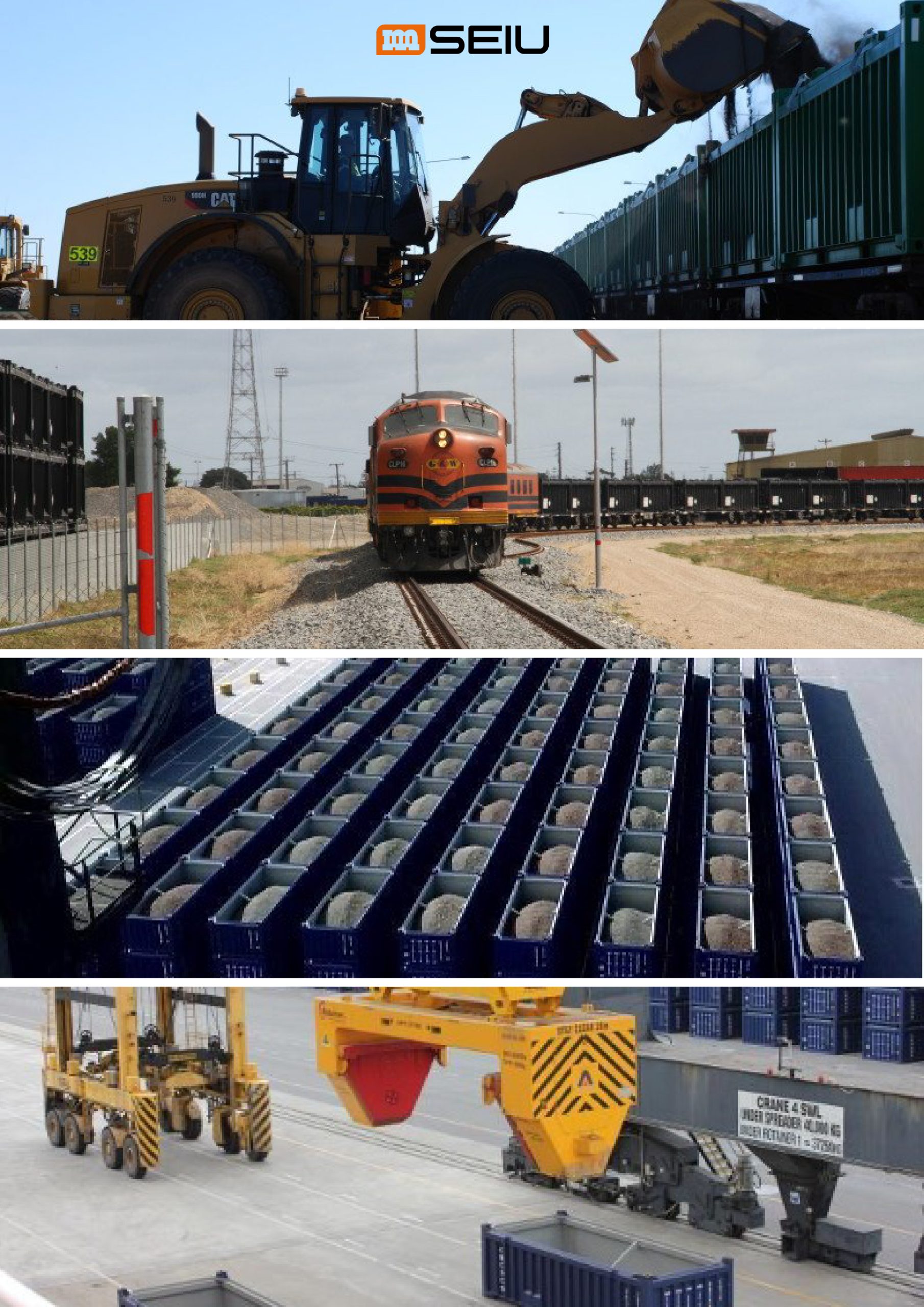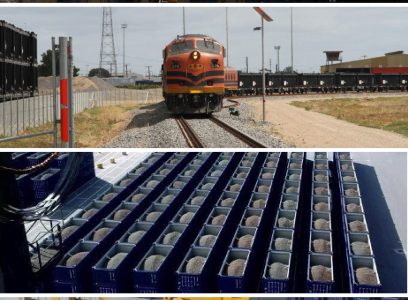
Contents
1. Introduction
1.2. The challenge faced by landlocked countries
1.3. Importance of trade and sea access
2. Traditional Bulk Handling: The Pain Points
2.1. Transloading inefficiencies
2.2. Risks of contamination, spillage, delays
3. Enter Containerised Bulk Handling (CBH)
3.1. What is CBH?
3.2. Equipment like Rotainer systems
4. Why CBH Works for Landlocked Countries
4.1. Seamless intermodal transport
4.2. Reduced handling and losses
4.3. Flexibility and scalability
5. Case Study: Country A
5.1. Hypothetical example of efficient CBH-enabled export
5.2. Journey of bulk goods from inland to international markets
6. Economic and Environmental Benefits
6.1. Reduced operational costs
6.2. Cleaner, safer logistics
6.3. Boosting competitiveness in global trade
7. Conclusion
7.1. CBH as a key enabler of economic growth and connectivity
For landlocked countries, international trade often comes with a critical disadvantage—no direct access to the sea. Without a coastline, these nations must rely on neighboring countries’ ports to import and export goods, often facing logistical hurdles, higher costs, and delays. However, innovations in containerised bulk handling (CBH) are changing the game, offering landlocked countries a smarter, more efficient path to the global market.
The Traditional Challenge
Historically, the transport of bulk materials—like grain, fertilizer, coal, or minerals—has relied on direct loading into trucks, rail wagons, or ship holds. For landlocked nations, this means repeated transloading at multiple points: from the mine or farm to the rail terminal, then onto trucks, and finally into ships at the port. Each stage adds time, cost, and the risk of product loss or contamination.
Moreover, without modern port facilities nearby, exporters from these countries are often left at the mercy of foreign infrastructure and procedures.
What is Containerised Bulk Handling?
Containerised Bulk Handling (CBH) involves transporting bulk materials in specially designed containers that can be sealed, rotated, and unloaded without the need for manual handling or tipping. Companies like Rotainer (Container Rotation Systems) have pioneered equipment that allows bulk containers to be rotated and discharged directly into ships, railcars, or storage systems with minimal fuss and maximum efficiency.
CBH containers are compatible with standard intermodal transport systems, meaning they can easily move from trucks to trains to ships without unpacking or modification.
Why CBH is a Game-Changer for Landlocked Nations
For landlocked countries, CBH simplifies and secures the entire logistics chain:
- Seamless Transport: Goods can be packed into containers at the source—whether it’s a mine, farm, or warehouse—and remain sealed until reaching their final destination.
- No Double Handling: Containers don’t need to be unpacked and reloaded at every transition point. This reduces product loss, damage, and delays.
- Flexibility: CBH supports both large-scale and small-scale operations, making it suitable for a range of industries and export volumes.
- Improved Trade Reliability: With fewer touchpoints, exporters can offer more reliable delivery times and better product quality to international buyers.
A Fictional Case: Country A
Consider the landlocked nation of Country A. Rich in copper and grains, Landovia depends on a neighboring coastal country, Country B, for port access. With traditional bulk systems, Country A struggled with long loading times, border delays, and frequent material losses.
By adopting CBH, Country A transformed its export process. Copper concentrate is now loaded directly into Rotainer-compatible containers at the mine. These sealed units travel by rail across the border, are lifted onto ships at Country`s B terminal using container rotation equipment, and are discharged quickly and cleanly—no contamination, no extra handling, and no customs issues at transloading points.
Country`s A exports are now faster, cleaner, and more competitive on the global market.
Broader Benefits
Beyond logistics, CBH offers environmental and economic benefits:
- Reduced Carbon Emissions from fewer handling steps and more efficient port operations.
- Cleaner Working Environments, especially critical when handling hazardous or perishable bulk.
- Increased Regional Cooperation, as standardized container systems simplify cross-border agreements.
Conclusion
For landlocked countries, access to global markets no longer needs to be limited by geography. With the adoption of containerised bulk handling, these nations can streamline trade, reduce costs, and open new economic opportunities. As the global logistics industry evolves, CBH stands out as a key enabler of fairer, more inclusive access to the seas—and the world beyond.
Author: Mykola Soloviov
You will also be interested in: CBH IS FAST, HIGH-QUALITY AND CHEAP LOGISTICS





